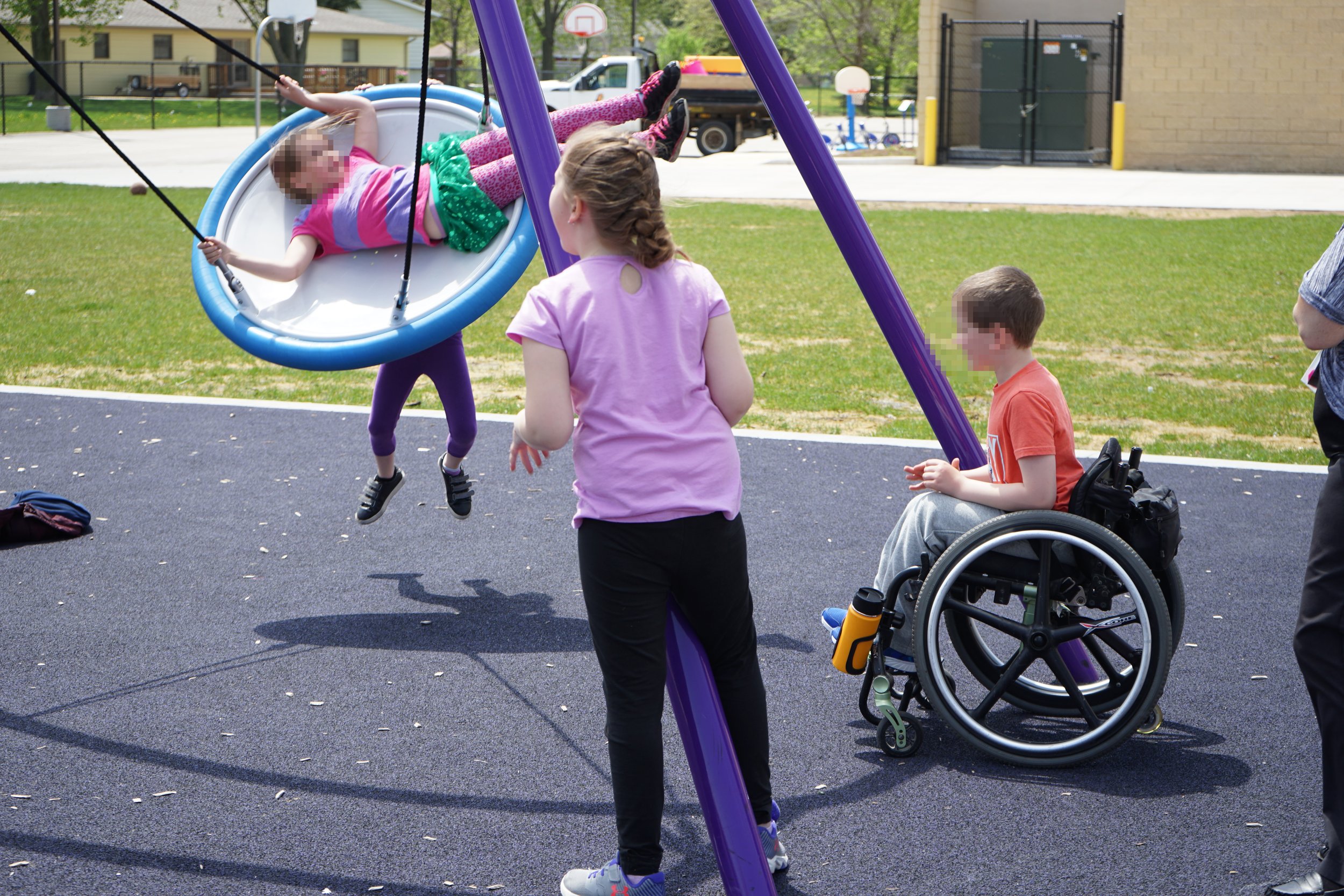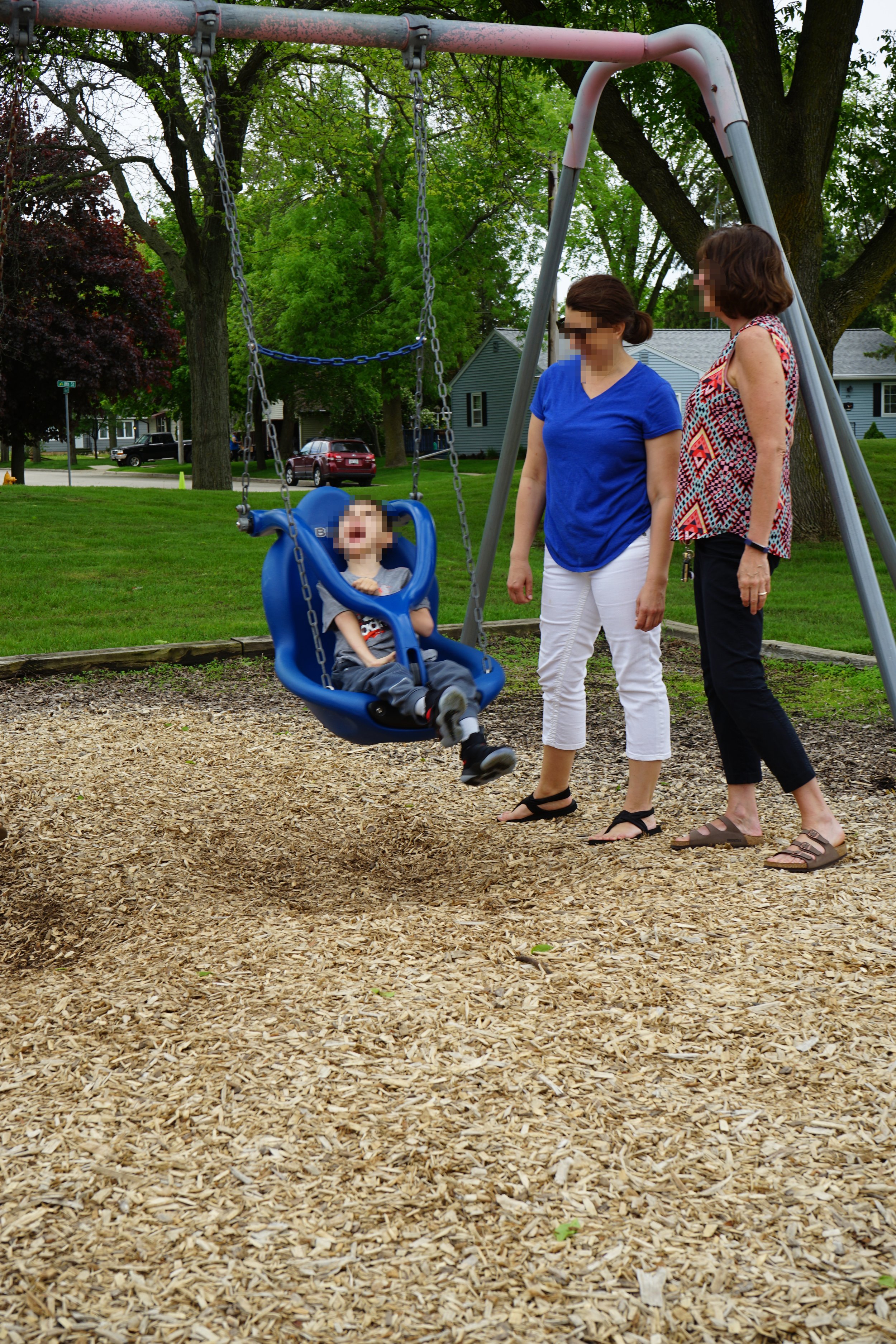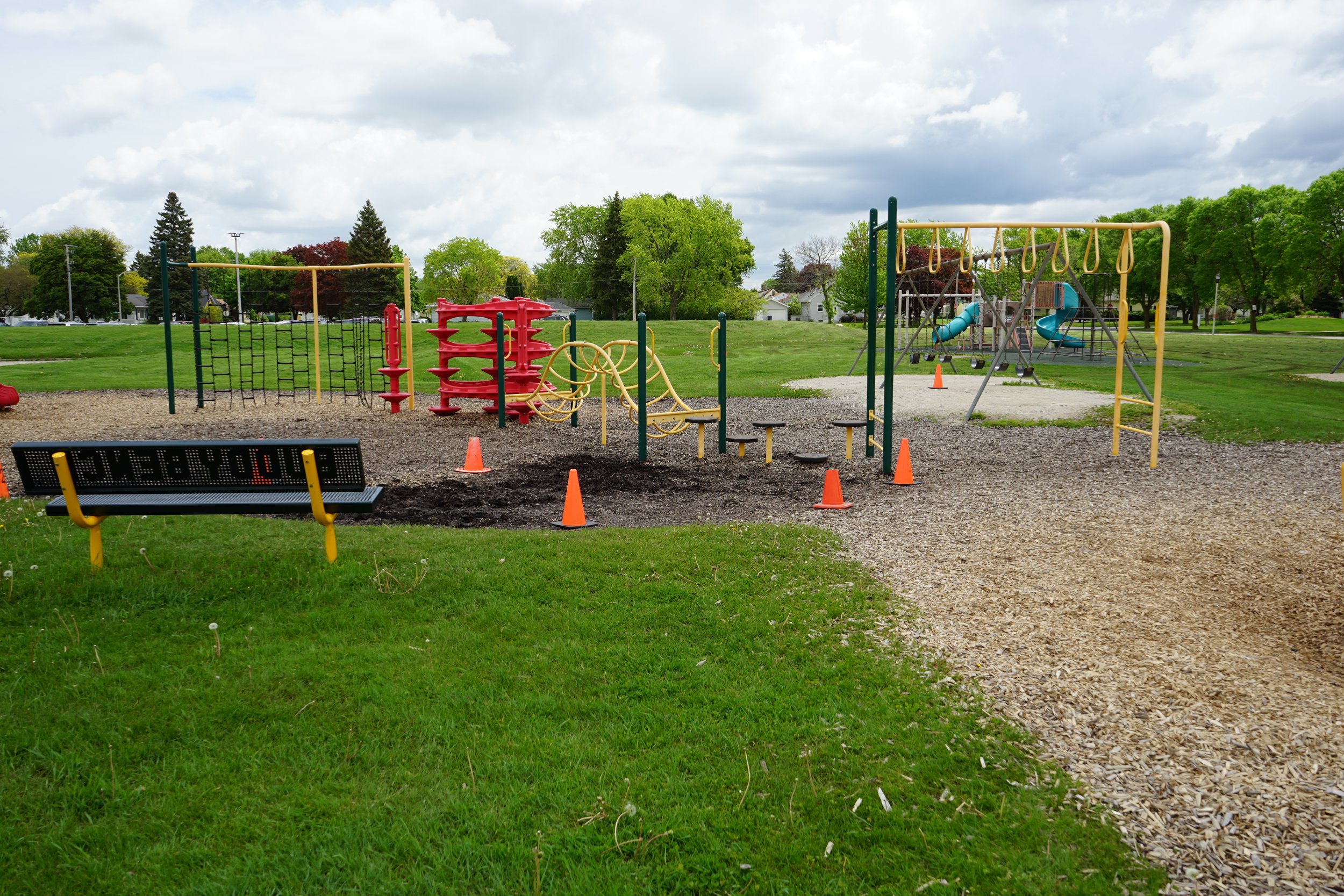Play Habits of Kids with Disabilities
Design Research
The Challenge
According to the guidelines set by the ADA, for every 10 elevated play components on a playground the structure must also contain 3 ground level play components. The idea behind these guidelines is to equalize the play experience between able-bodied and mobility-restricted children. However, as an industrial designer at a playground company, I knew the ground level components were never as exciting or engaging as their elevated counterparts. This meant the play value a structure had for an able-bodied child was far higher than the value for a child with a wheelchair. I wanted to verify this theory and find ways to improve the accessible play components on the market.
My Role
I took the initiative to implement this research after learning about the play value inequality faced by children with disabilities. My responsibilities included organizing and conducting observational research, phone interviews with parents, interviews with a local physical therapist, and data analysis and synthesis.
*Names have been changed and faces blurred to protect the identities of the project participants.
Data was collected through observational research conducted at various local elementary schools and through conversations with Pat Bresser, the schools’ physical therapist. Follow-up interviews were held over the phone with parents of 3 of the children. These interviews provided more insight into the children’s lives and play habits at home, the struggles parents face in finding accessible playgrounds, and DIY-style solutions the parents may have encountered.
Observational Research
ADA Play Component Chart







Evaluating the Playgrounds
While we were observing the children at recess, we couldn’t help but notice how the settings affected their play habits. The majority of playgrounds were surrounded by an ocean of wood chips, a common ground covering for recreational areas as they soften impact. The children who used wheelchairs were entirely unable to reach the structure at all because their wheels would sink right into the ground.
“Woodchips are awful for walkers and wheelchairs...it’s like walking
through mud...”

Key Findings
Children sought out motion events, but did not need to cause the motion to have fun
Swings, spinners, and rockers were popular with children of all abilities. Relying on other people to propel the motion did not seem to matter, and in many instances, seemed to promote social interaction.
Some children, particularly those with cognitive disabilities, did not necessarily seek out motion as a means for adventure, challenge, or fun. Rather, the motion seemed therapeutic and lulled them into a relaxed state.
The ground level of a playground is not a play “Hot Spot” for able-bodied children
Children who do not have a disability spend a minimal amount of time on the ground level of a play space, so peers are often inaccessible to kids with disabilities.
Children with only physical disabilities wanted to socialize with their peers
Children with physical disabilities who were cognitively competitive with their peers understood they were being excluded, and desired to play in the same space as the other children.
Kids with disabilities have the same play experience each time they visit a play structure
Because the number of events meant for children with disabilities is limited, the children routinely use the same pieces of equipment when in that play space.
Children with cognitive disabilities seemed content playing on their own
Children who showed signs of cognitive disabilities but who functioned well physically did not seek attention from peers. They seemed to actively remove themselves from large groups.
Kids with disabilities do not want products designed only for them
Children with disabilities, particularly those with full cognitive function, were interested in products that could be used by children of all abilities. They resisted the idea of products designed just to suit their physical needs.


